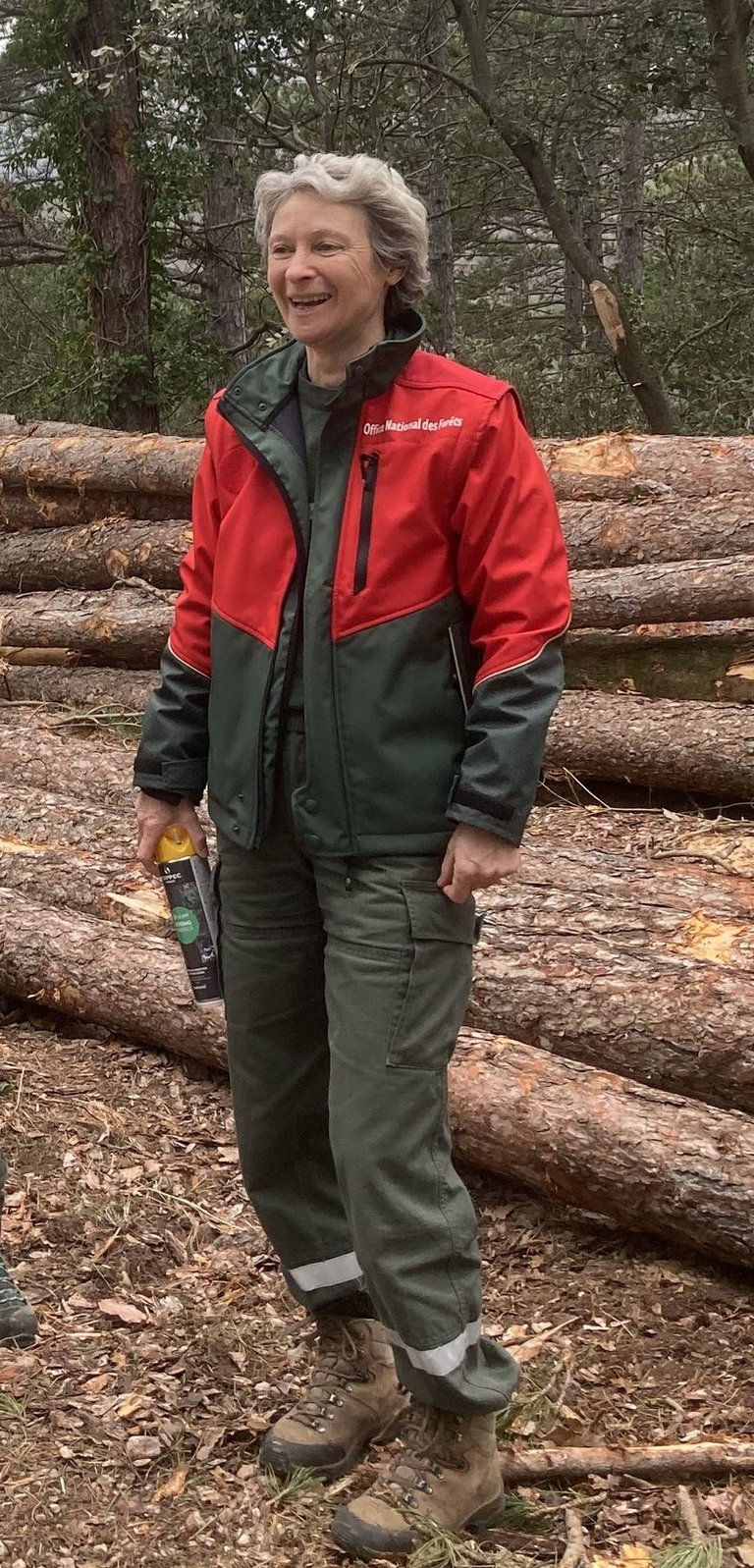
Red Alert
Red- the colour of spring ?
Joan
4/18/20243 min read
Red is for danger. Red's a warning. At the moment our forest is full of red marks of various kinds. Should we be worried? First of all we notice that there are large red slashes on many of the pine trees in the forest above our house. But that's not all. As we walk the forest road, we look down towards our feet, and see red markings too. Every couple of hundred metres or so, someone has been writing large numbers and drawing circles in red paint. Two of these markings are actually on a section of road that belongs to our property. What's up? Perhaps we'd better ask our village maire. Perhaps he will know.


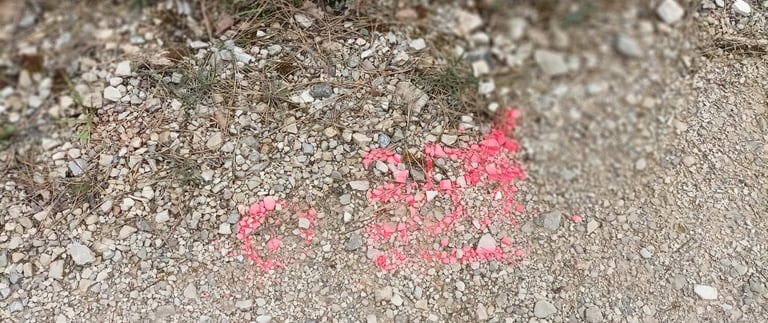

But we're also seeing red elsewhere. When driving south towards the coast, we see poppies in their many thousands, everywhere that there is disturbed land. By roadside verges, across fields, and on small pieces of waste ground, they are a feast to the eye. I can well understand what gave such inspiration to painters as varied as Monet, Van Gogh and Klimt. Did you know that the French word for poppies is coquelicots?

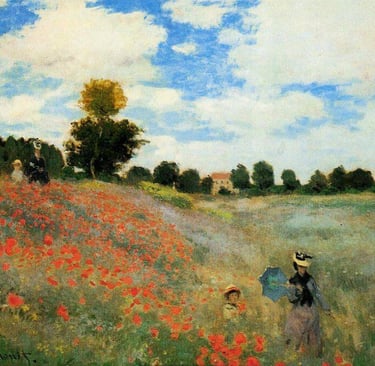
But poppies are not alone in their red beauty. Whilst green is the paramount colour of spring, red marks resurgent new growth too. Everywhere I look, be it in our garden or the surrounding villages, there is new red growth. Just look.

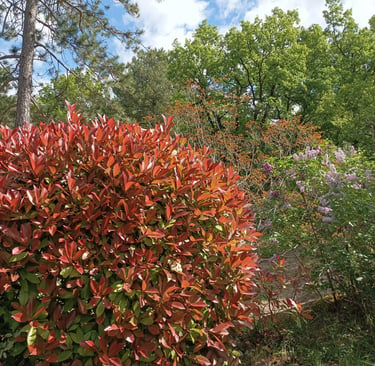
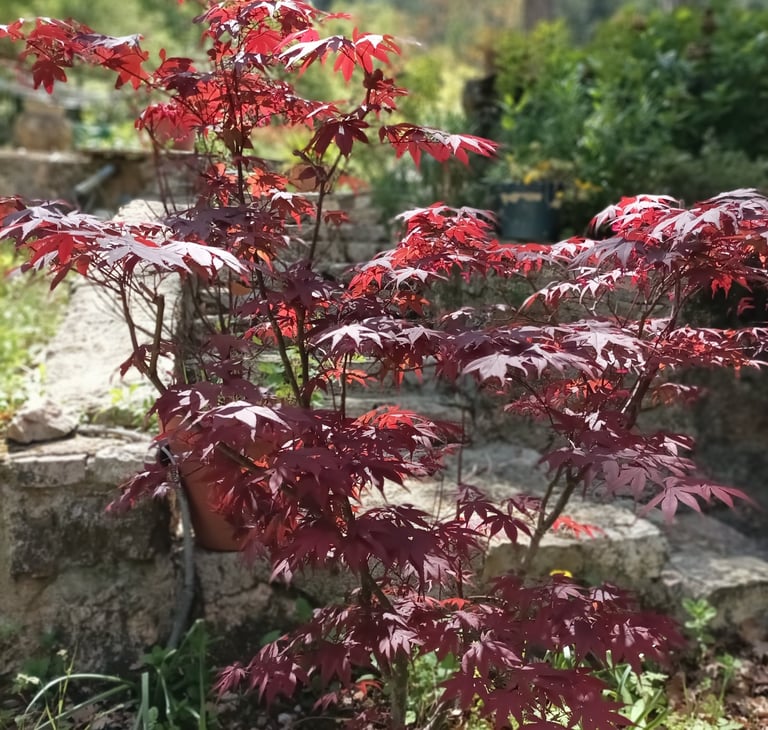

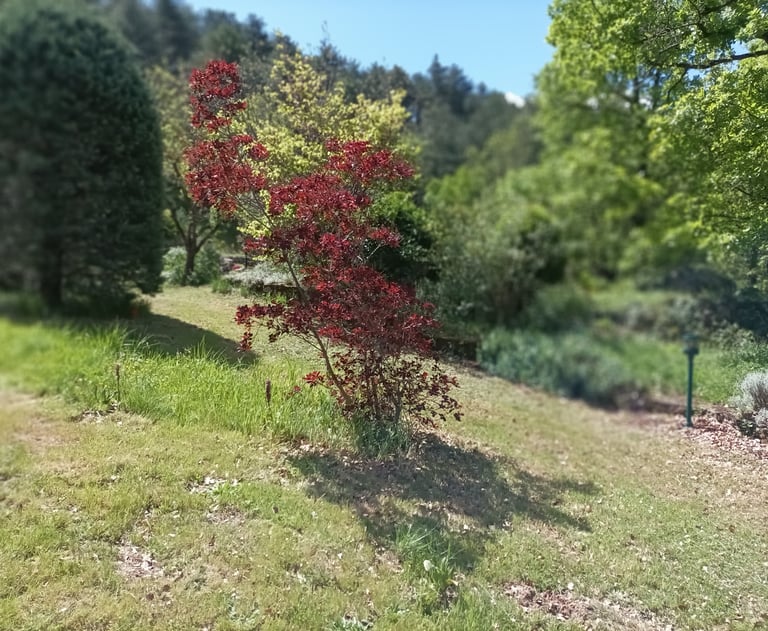

Today we went to Soubès to buy some cheese at Chez Camille. I couldn't resist taking this picture of a mixed hedge with flowering photinia beneath the chateau..

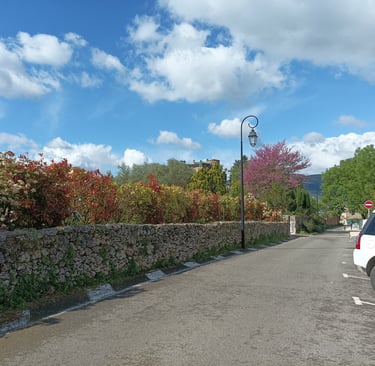
From a tiny acorn oak trees grow. Have you ever examined a sprouting acorn? It is as red as blood.
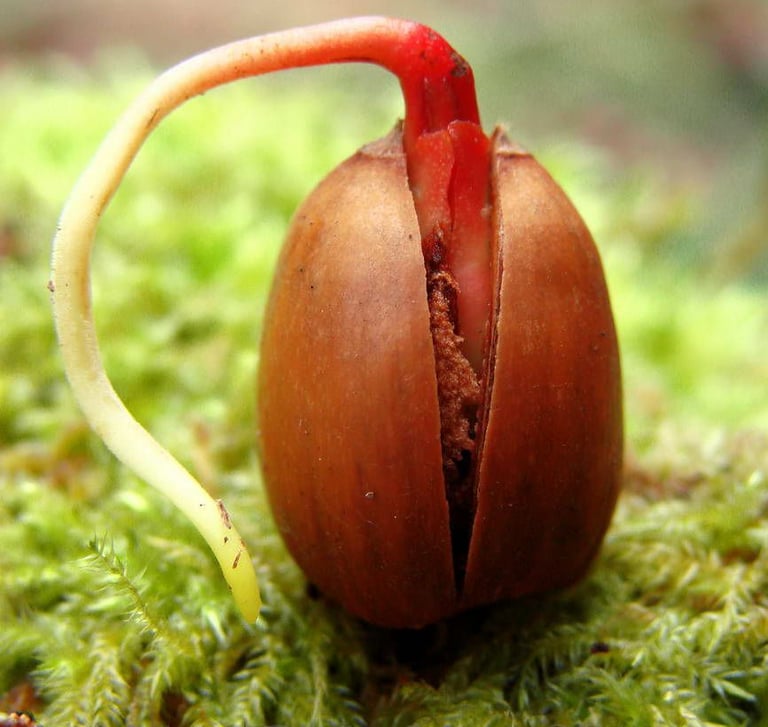

We eventually found out the meaning of the mysterious red marks on the ground. Our maire knew all about it. They were the marks of a surveyor, for there are plans afoot to pipe water in the summer months from the nearby hamlet of Parlatges, to Lodève, which is in danger of serious water shortages. "Didn't they inform you?" our maire enquired. Alas no! But then, as our source begins to falter once more, after some reasonable spring rains replenished our storage tank, it may not be a bad thing to have a water supply running close to hand.
Two Mysteries Solved.
The second mystery was solved when we met our neighbour Marie-Eve , the chef de forêt , when she was walking in the forest. We often meet her out walking , getting to know her forest on foot as well as from a vehicle. "What is the meaning of these red marks on the trees," we asked. She explained that there is soon to be another large tree clearing operation. By thinning out many of the larger pine trees above our house, new ones will be encouraged to grow. "But what is the meaning of these red marks on the ground?" she wondered in turn. When we explained, she looked surprised. After all she is in charge of the whole Forêt Domaniale de Parlatges, which is nearly two and a half thousand hectares in size. Much to our surprise, it seems that we were not the only ones to be left in the dark.
